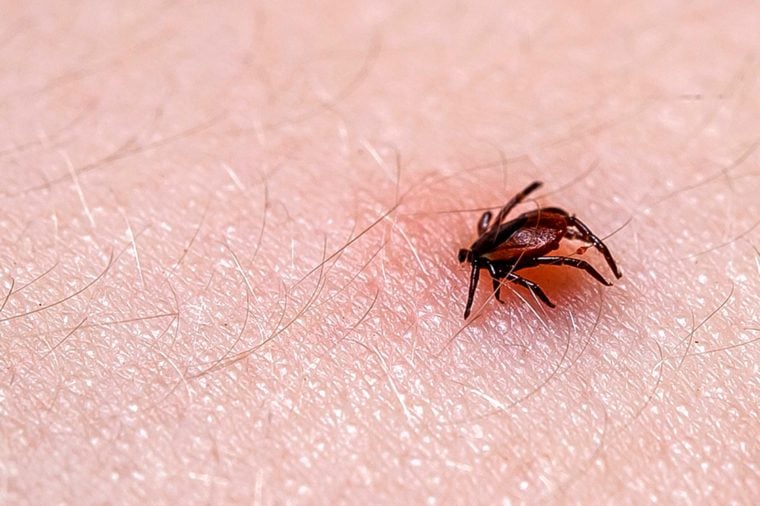
- Clear out. Reduce your tick exposure by clearing out areas where lawn and tree debris gathers.
- Clean. Eliminate leaf litter and brush by cleaning it up around the house and lawn edges, mow tall grasses, and keep your lawn short.
- Choose plants. Select plants and shrubs that are not attractive to deer and/or install physical barriers to keep deer out of your yard. (These plants repel mosquitos naturally.)
- Check hiding places. Know tick hiding places and check them frequently. Fences, brick walls, and patio retaining walls are popular hiding places.







